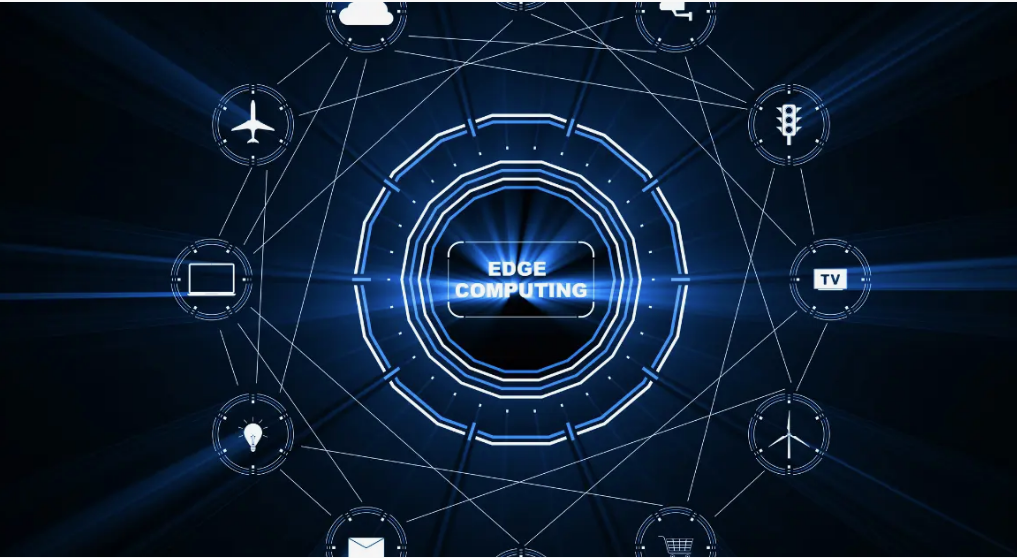What Are The Key Benefits Of Edge Computing And HPC Integration?

The world is changing fast, and businesses rely heavily on real-time data to be in the game. Consider such industries as healthcare, manufacturing, finance, and retail, where decisions need to be lightning-fast. The demand cannot be met with a traditional data center. This is where the integration of edge computing and high-performance computing (HPC) becomes a game-changer for data processing.
Let’s talk about why the combination of edge and HPC computing is a powerful solution.
Faster Data Processing and Reduced Latency
Speed Data moves at incredible speed in present times. However, the more it has to travel, the more time lag or delay it incurs. Edge computing breaks this scenario and processes closer to its source, if devices or sensors, rather than from some far-off cloud. When the processing goes a notch higher with the addition of HPCs, then businesses can have an immediate response to all those big data workloads.
Imagine a factory floor where the machines monitor production and point out issues immediately. Critical information is available within milliseconds by processing data at the edge. This minimizes downtime and increases efficiency. The alliance of edge computing and HPC turns data into decisions without delay, empowering industries to act quickly and remain agile.
Better Security and Privacy
Keeping data secure is a big deal, especially when sensitive information is involved. Data opened to the cloud is risky. However, keeping data at the edge involves companies’ control. Security becomes strong when HPC meets edge computing.
For example, in health care, patient information is confined to the local network, and therefore, there is a reduced likelihood of interception and compromise. The regional nature of the system ensures that sensitive information is kept within reach and is easier to monitor for possible breaches. The processing power of HPC also makes it useful in the identification of suspicious patterns; thus, secure data handling will not be possible without such a system.
Increased Reliability and Uptime
No one likes interruptions, especially businesses that depend on real-time data for their most critical operations. When data only flows to a central data center, network issues can create massive slowdowns. However, edge computing tames this by creating mini-processing hubs closer to where data is generated. When HPC computing joins the fray, these hubs can manage complex computations independently.
Use continuous data for navigation. When network issues occur that data cannot reach the central cloud, the vehicles stall. In edge computing and HPC, these vehicles process the data on-site, hence providing reliability and safety while avoiding connectivity challenges, meaning keeping systems running even under connectivity challenges.
Optimised Resource Use and Savings in Cost
Running data constantly to the cloud is not only slow but expensive. Edge computing saves costs since data will have been processed locally; that is, it won’t strain the infrastructure within the cloud. Combining HPC takes this further, providing a remarkable ability to process loads of data.
For instance, in the energy sector, monitoring systems generate millions of data points daily. Edge processing minimizes the need to access the cloud constantly. This minimizes cloud storage fees and bandwidth usage, thus making operations more sustainable. Companies can optimize their resources by integrating edge computing and HPC, which will benefit both the bottom line and the environment.
Real-Time Analytics and Improved Decision-Making
Decisions are only as good as the information behind them, and having accurate, real-time data transforms how businesses respond to challenges. Edge computing allows real-time insights by analyzing data instantly, while HPC brings the power to handle complex calculations. Together, they enable better, faster decision-making.
Retailers are the prime beneficiaries of such integration. Real-time information about customer behavior, stock levels, and sales trends makes them wiser decisions to stock particular products or develop customized offers. With instant access to insights, companies can stay ahead of the competition and deliver more to meet the needs of customers.
Conclusion
It’s definitely being hailed as one of those integrations that would revolutionize industries. The reduction of latency, making it more reliable with higher security, and the fact that the potential for real-time analytics is now being brought right to a company’s doorstep make Edge computing integrated with HPC computing the next big wave in computing. More so, companies taking this route are not keeping pace with the digital age; they’re setting it.
Read More : How Rack 1U Servers Maximize Space and Performance





